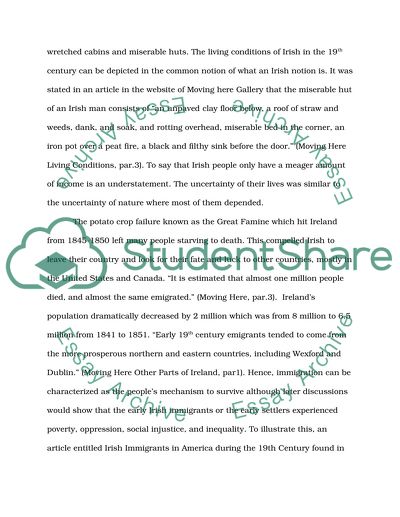Cite this document
(“Irish Migration in the 19th Century Essay Example | Topics and Well Written Essays - 2500 words”, n.d.)
Irish Migration in the 19th Century Essay Example | Topics and Well Written Essays - 2500 words. Retrieved from https://studentshare.org/miscellaneous/1523762-irish-migration-in-the-19th-century
Irish Migration in the 19th Century Essay Example | Topics and Well Written Essays - 2500 words. Retrieved from https://studentshare.org/miscellaneous/1523762-irish-migration-in-the-19th-century
(Irish Migration in the 19th Century Essay Example | Topics and Well Written Essays - 2500 Words)
Irish Migration in the 19th Century Essay Example | Topics and Well Written Essays - 2500 Words. https://studentshare.org/miscellaneous/1523762-irish-migration-in-the-19th-century.
Irish Migration in the 19th Century Essay Example | Topics and Well Written Essays - 2500 Words. https://studentshare.org/miscellaneous/1523762-irish-migration-in-the-19th-century.
“Irish Migration in the 19th Century Essay Example | Topics and Well Written Essays - 2500 Words”, n.d. https://studentshare.org/miscellaneous/1523762-irish-migration-in-the-19th-century.


